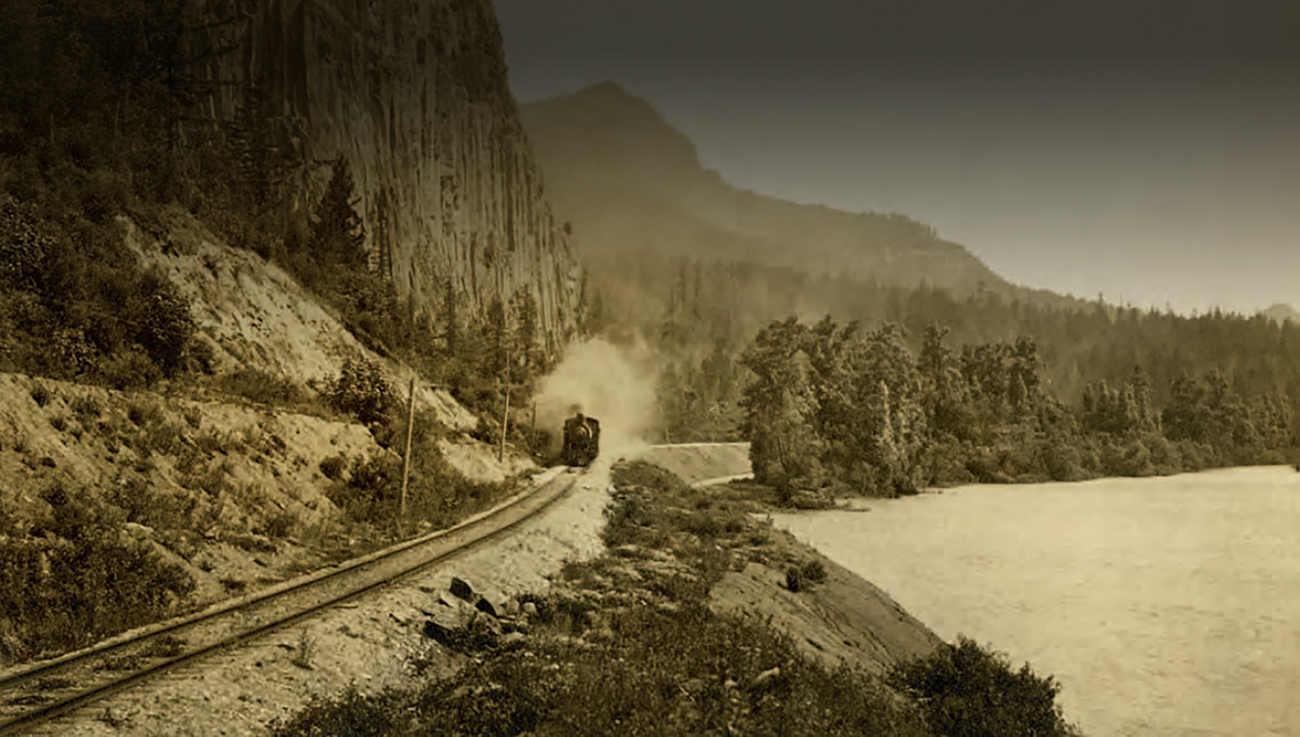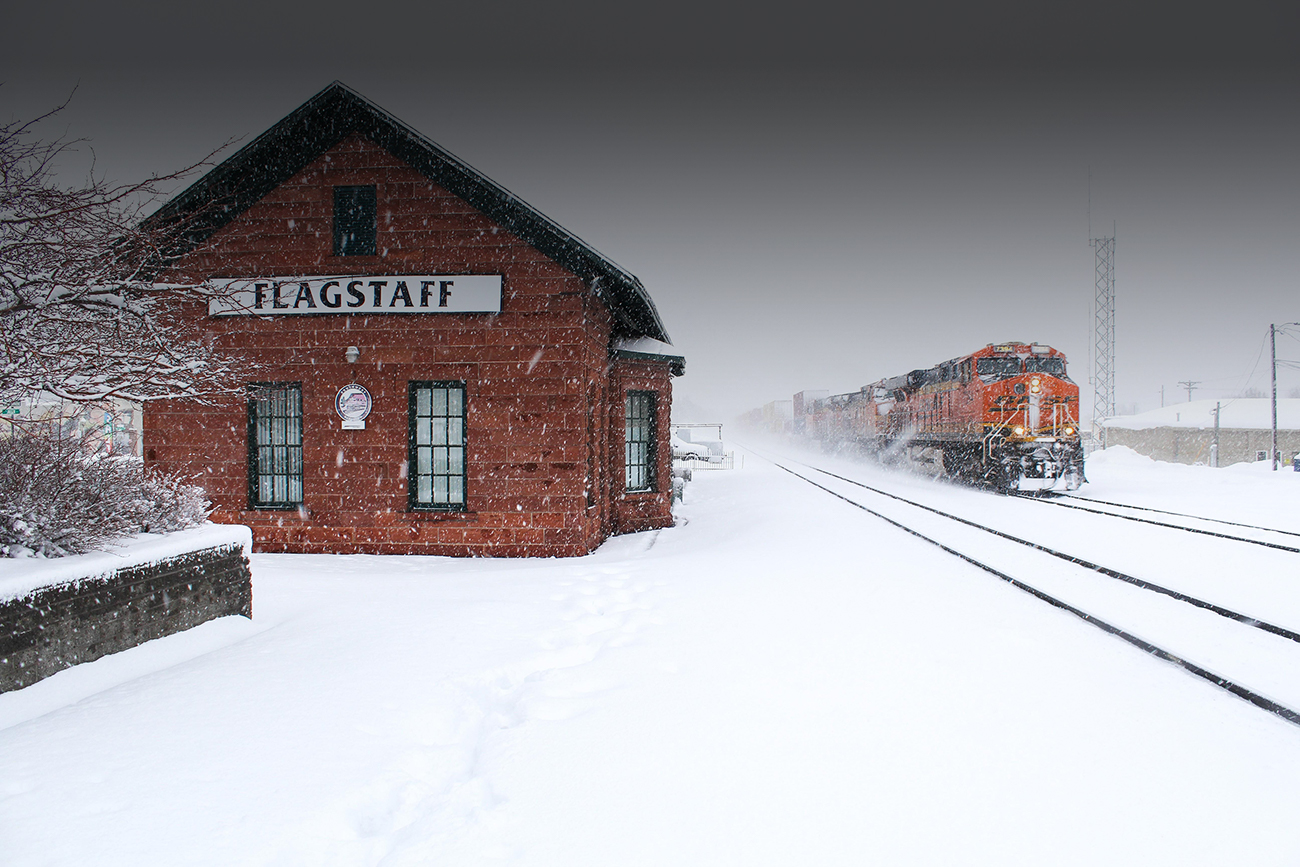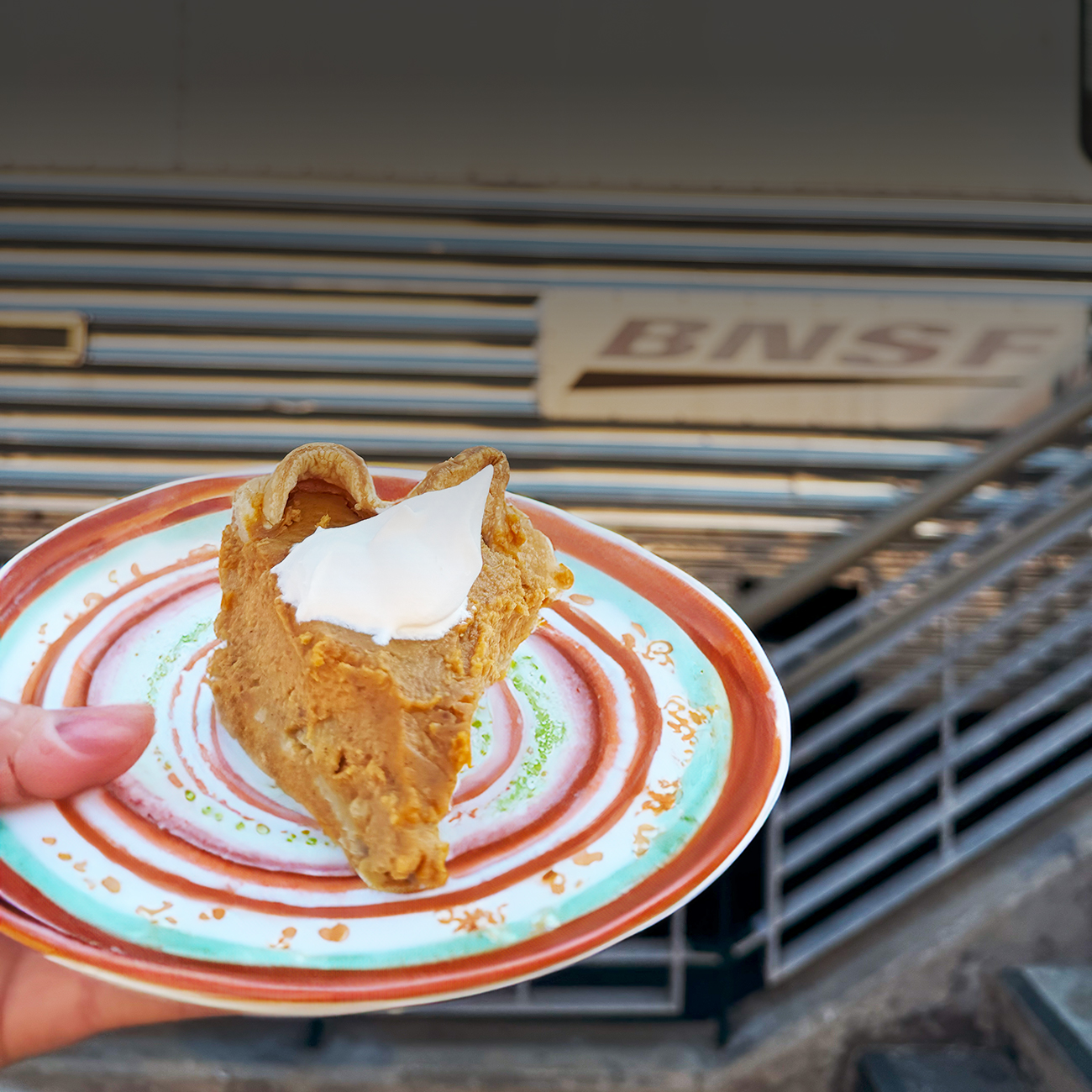
The inventor of the rotary snowplow was… a dentist?
By LESLIE SMITH
Staff Writer
When your railroad tracks run through the northern half of the country, heavy snow is a given. For BNSF and our predecessors, the rotary snowplow is one of our best tools for clearing tracks after heavy snowfall. But did you know that the genesis of this titan can be traced to a dentist in the 1860s?
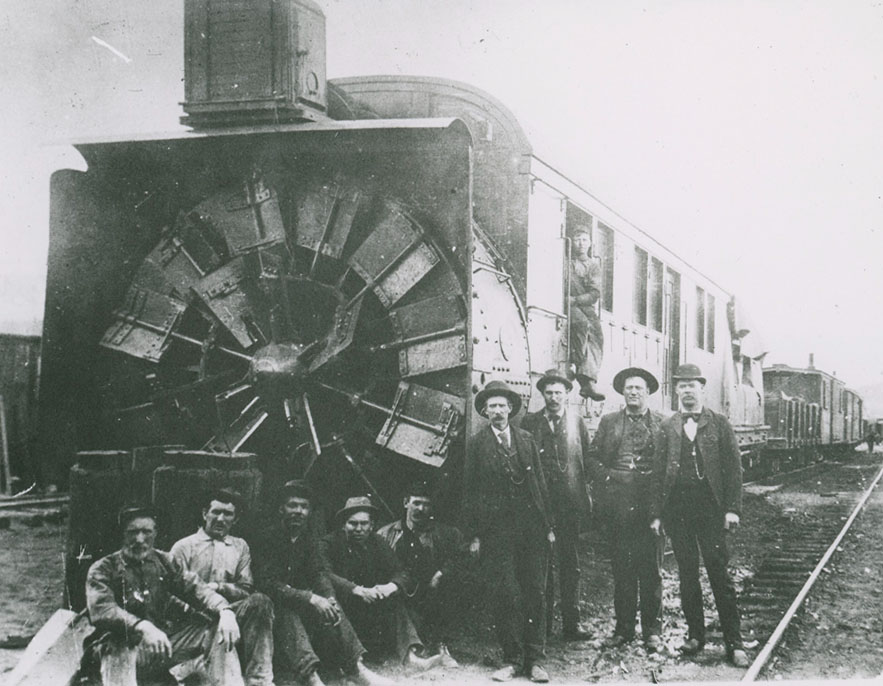
During the 19th Century, pioneers developing settlements in the West enticed railways to extend their reach into Canada, where land is covered with heavy snow for much of the year. Clearing snow from the tracks was an extremely dangerous job requiring a crude wedge plow that pushed snow to the side. The wedge’s limitations became even more pronounced when confronting deep snow, which resulted in an obstacle that could only be cleared by human snow shovelers.
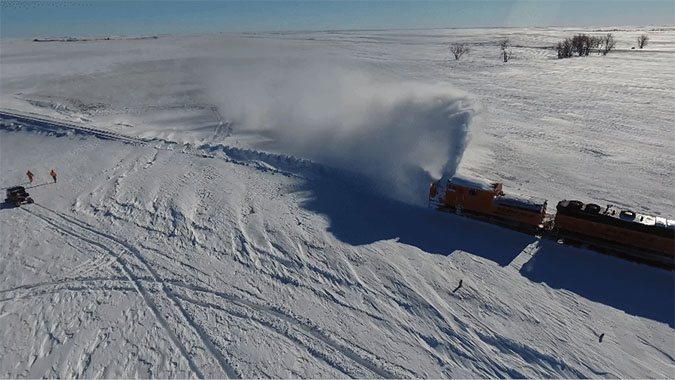
In 1869, Dr. J.W. Elliott, a dentist from Toronto, Ontario, devised the rotary snowplow concept. The machine unpacked snow using revolving blades and flat plates, then would catch the snow and throw it far from the tracks, unlike its wedge predecessor. Elliott never found investors for his project and his invention failed to get off the ground.
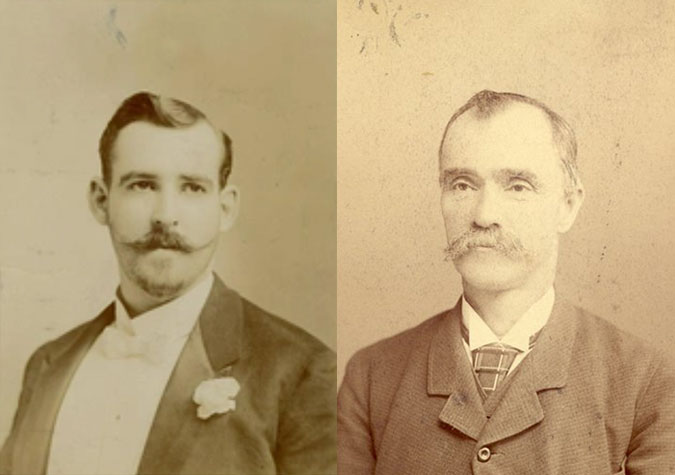
In 1884, however, Orange Jull from Orangeville, Ontario, revived Elliott’s patent and improved upon its design by adding pivoting steel plates, chambers to catch snow and eject it away from the train, a steam engine, and a gear system to connect the engine to the plates.
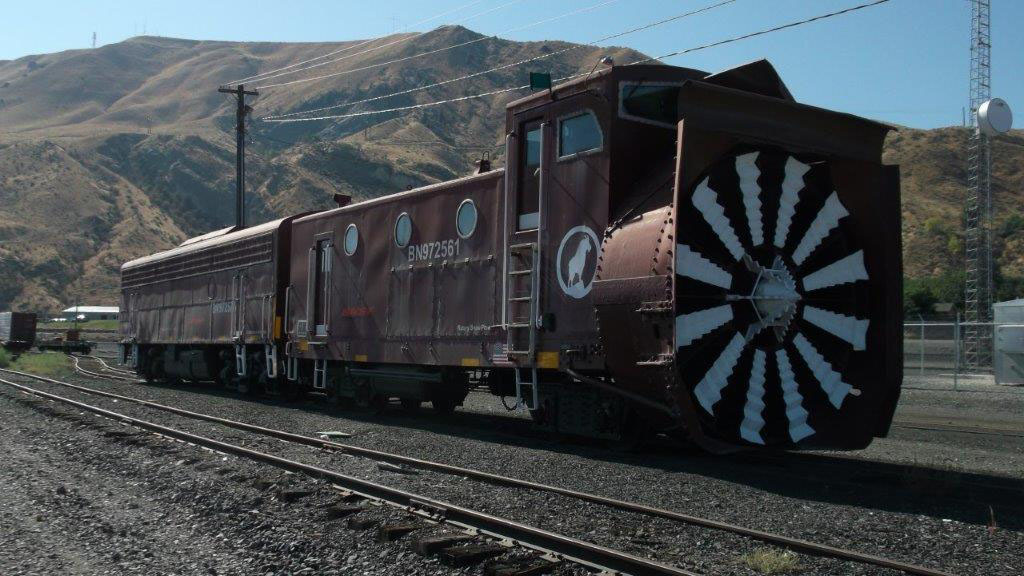
Jull contracted brothers Edward and Sam Leslie from Toronto to build and test a prototype. The success of the design led to the Leslie brothers buying the rights to the machine and forming the Rotary Steam Shovel Manufacturing Company in Paterson, New Jersey, which quickly began production of the plow. Among the first buyers was the Northern Pacific Railway (NP), a major BNSF predecessor.
From that history, the rotary snowplow remains a key tool for helping keep our rail lines clear of snow so that we can keep the freight moving through even the harshest winter environments.
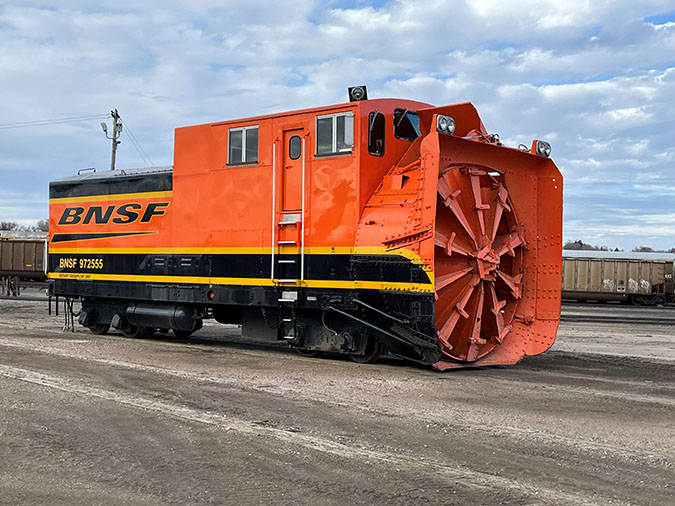
Today, BNSF operates eight rotary plow units across our northern lines. One is Unit 972555, currently stationed in Mandan, North Dakota. It was originally built in 1925 by the American Locomotive Company as a steam-driven plow for another BNSF predecessor, Great Northern Railway (GN). In 1960, GN converted it from steam to electric blower drive.
Learn more about how BNSF manages winter weather here.
